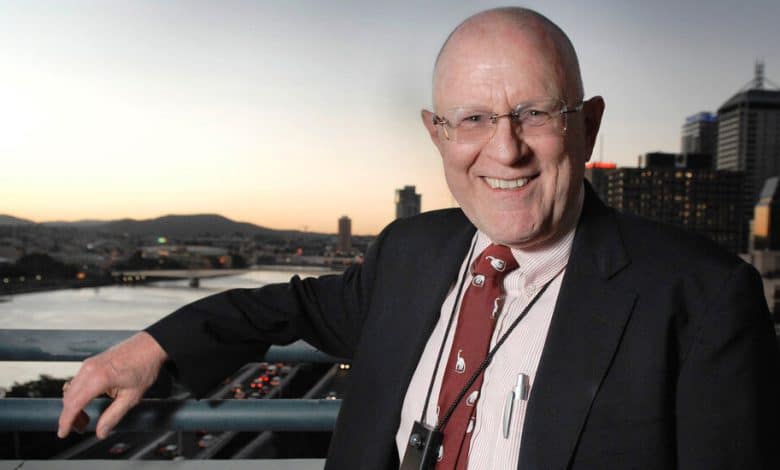C. Gordon Bell, Creator of a Personal Computer Prototype, Dies at 89

C. Gordon Bell, a technology visionary whose computer designs for Digital Equipment Corporation fueled the emergence of the minicomputer industry in the 1960s, died on Friday in Coronado, Calif. He was 89.
The cause was pneumonia, his family said in a statement.
Called the “Frank Lloyd Wright of computers” by Datamation magazine, Mr. Bell was the master architect in the effort to create smaller, affordable, interactive computers that could be clustered into a network. A virtuoso at computer architecture, he built the first time-sharing computer and championed efforts to build the Ethernet. He was among a handful of influential engineers whose designs formed the vital bridge between the room-size models of the mainframe era and the advent of the personal computer.
After stints at several other startup ventures, he became the head of the National Science Foundation’s computers and information science and engineering group, where he directed the effort to link the world’s supercomputers into a high-speed network that led directly to the development of the modern internet. He later joined Microsoft’s nascent research lab, where he remained for about 20 years before being named researcher emeritus.
In 1991, he was awarded the National Medal of Technology and Innovation.
“His main contribution was his vision of the future,” said David Cutler, a senior technical fellow at the Microsoft Research Lab and a leading software engineer, who worked with Mr. Bell at both Digital and Microsoft. “He always had a vision of where computing was going to go. He helped make computing much more widespread and more personal.”
At a time when computer companies like IBM were selling multimillion-dollar mainframe computers, Digital Equipment Corporation, which was founded and run by Kenneth Olsen, aimed at introducing smaller, powerful machines that could be purchased for a fraction of that cost. Hired from the Massachusetts Institute of Technology campus in 1960 as the company’s second computer engineer, Mr. Bell designed all its early entrants into what was then called the minicomputer market.